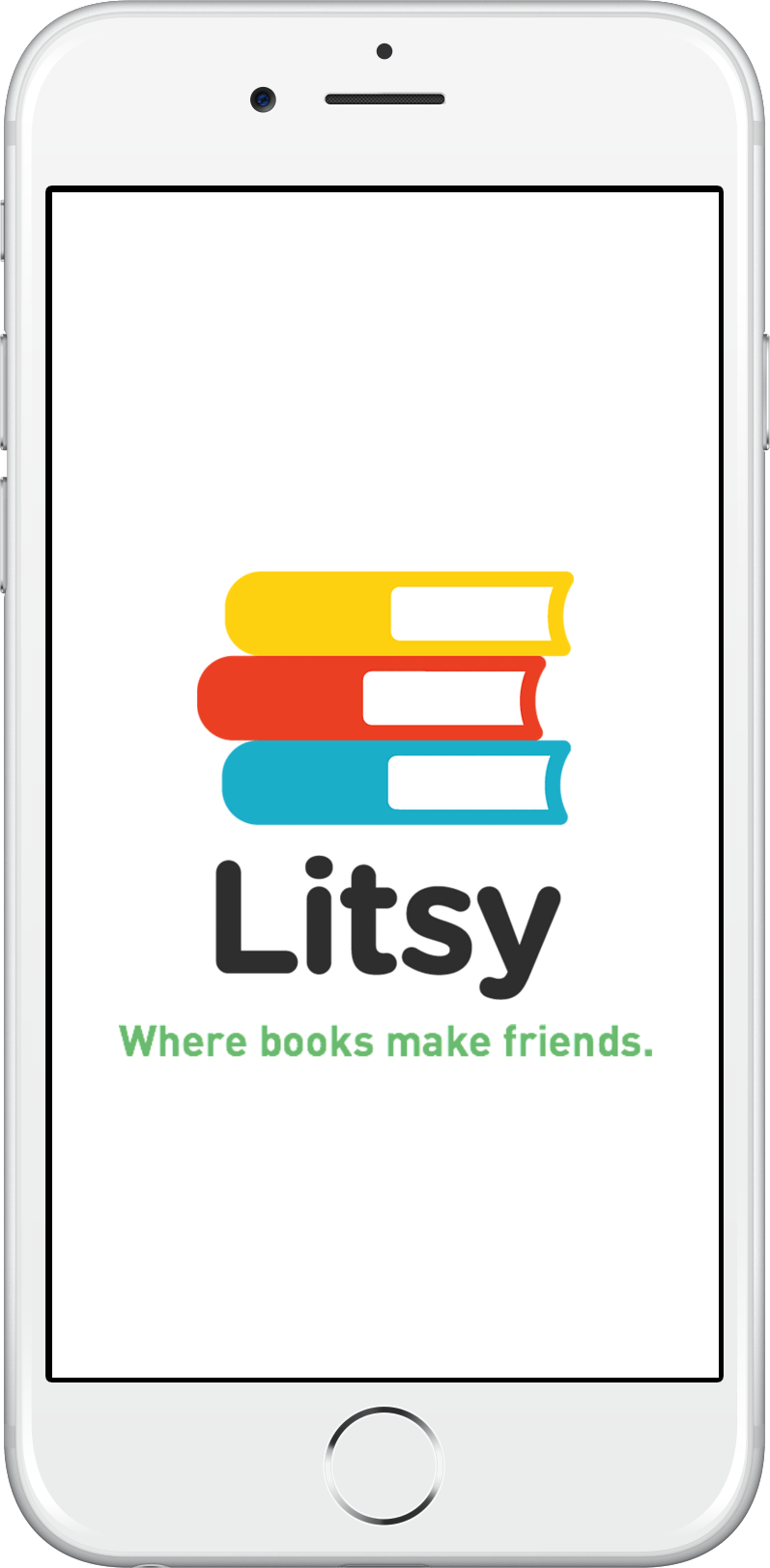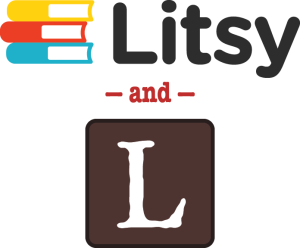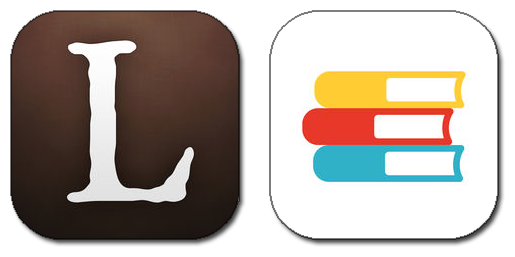 As we wrote in the last blog post, LibraryThing has acquired the mobile platform Litsy. Here is a sort of Q&A about Litsy, and how Litsy and LibraryThing can help each other. Other resources:
As we wrote in the last blog post, LibraryThing has acquired the mobile platform Litsy. Here is a sort of Q&A about Litsy, and how Litsy and LibraryThing can help each other. Other resources:
Q: What is Litsy?
Litsy is both like and unlike LibraryThing. First, everything happens within a smartphone app—there’s no website. Second, although Litsy members can “catalog” their books in a simple (works-only) way, the main activity is sharing posts with words and photos of books you’re reading, of passages you find interesting, or even where you’re reading a book. (Posts are marked “review”, “blurb”, or “quote.”) Litsy has friends, comments, hashtags and so forth, but lacks a central “Groups” or “Talk” like on LibraryThing.
Here’s some past press coverage of Litsy.
Q: How can I try it out?
The Litsy app is available for iOS (iPhone, iPad) and Android systems. Check it out at http://litsy.com.
Q: Why did LibraryThing acquire Litsy?
Litsy is an amazing community, similar to LibraryThing in its passion for books, but different in its feel, focus, technology, and demographic. We admired what Jeff and Todd had built so when Jeff approached us recently, we jumped at the opportunity. Litsy is a cool thing, and we think it has a great future ahead of it.
Q: How big a deal is this for LibraryThing?
The terms of the deal are not disclosed, but we can tell you it did not involve company-limiting amounts of money.
To be frank, we see no major changes for the LibraryThing site or community, at least in the near- or medium-term. We may offer syncing or single sign-ons between services. And we will definitely be leveraging LibraryThing’s superior book data within Litsy. We also see a lot of potential in getting Litsy members into LibraryThing’s Early Reviewers program and attracting more publisher interest with the larger community this offers. But we aren’t going to try to combine the services or communities. If you choose not to join Litsy, you won’t likely see or read much about it on LT.
Q: How much membership overlap is there?
Very little. They are different communities that have spread in different ways. We hope to drive some cross-service exploration, but LibraryThing and Litsy are different places.
This difference is a strength. LibraryThing is now working across the book-loving spectrum. It gives us greater profile in the book world, and helps us to serve all kinds of passionate readers.
Q: What can LibraryThing offer Litsy, and visa versa?
In the press release, we speculated about some ways that LibraryThing can help Litsy. They include:
- Better book data.
- Syncing between the services.
- Moving LibraryThing’s excellent barcode scanning into the Litsy app.
- Get more libraries involved in Litsy.
- Bringing Litsy members into LibraryThing’s Early Reviewers program.
Litsy can help LibraryThing in similar ways. The Litsy apps have some nice features we’re liable to steal for LibraryThing. And we hope that if we provide syncing between services, some Litsy members will also become LibraryThing members.
Come to Talk to discuss other ways of making Litsy useful to LibraryThing.
Q: What’s this about Early Reviewers?
The idea of bringing Litsy members into Early Reviewers may stir some concerns. If more people can get books, won’t there be fewer books?
We don’t think so. Publishers love Early Reviewers for its unique picking system, which connects their books to readers likely to actually enjoy their book. And they love that we’re free for publishers, whereas our larger competitor now charges publishers.
But we remain small, and our membership demographics don’t fit every publisher’s offerings. Adding Litsy will increase Early Reviewer’s reach, with notices going out to another, substantial set of passionate readers who buy a lot of books. And Litsy members have a somewhat different demographic profile than LibraryThing members, which should draw some new publishers.
Q: How does Litsy fit into LibraryThing’s business model? (short)
Litsy is cheap to run. We’re happy to be its new owners. And we’re in for the long haul.
Q: How does Litsy fit into LibraryThing’s business model? (long)
The usual pattern for social companies is to “get big fast or die.” You get funded. You spend all your money quickly to get as many users as you can. Then you sell yourself to a larger company who want your community size. In reality, however, the most common path is that the company flames out and dies, everyone loses their data, the community is blown apart, and the founders move onto the next idea.
LibraryThing never followed that approach. From the start, we conserved our resources, and made money by charging members small fees. We didn’t look for a buyout from Amazon or Google. Eventually we found another path to making money—turning some of LibraryThing’s technology and data toward making libraries better. We earn every dollar we make, and we don’t annoy or exploit members to do it.
As things stand, Litsy is large enough to matter to a lot of people, but it’s too small to be significantly “monetized.” Fortunately, it’s also cheap to run—even cheaper now that Litsy can live within the existing LibraryThing infrastructure.
After twelve years of making LibraryThing work, we believe the race is long, and good things with great communities will find their business. We plan to take the same approach with Litsy.
Q: What else?
Come talk about Litsy on Talk. We also started a group, Onward Litsy! for Litsy members to talk to each other and LibraryThing staff, on Facebook. (We started it on Facebook, as a neutral place.) You are more than welcome to join, but we hope to get the Litsy people talking. LibraryThing’s been doing big, burly staff-community conversations for years; it’s a new thing for Litsy.









